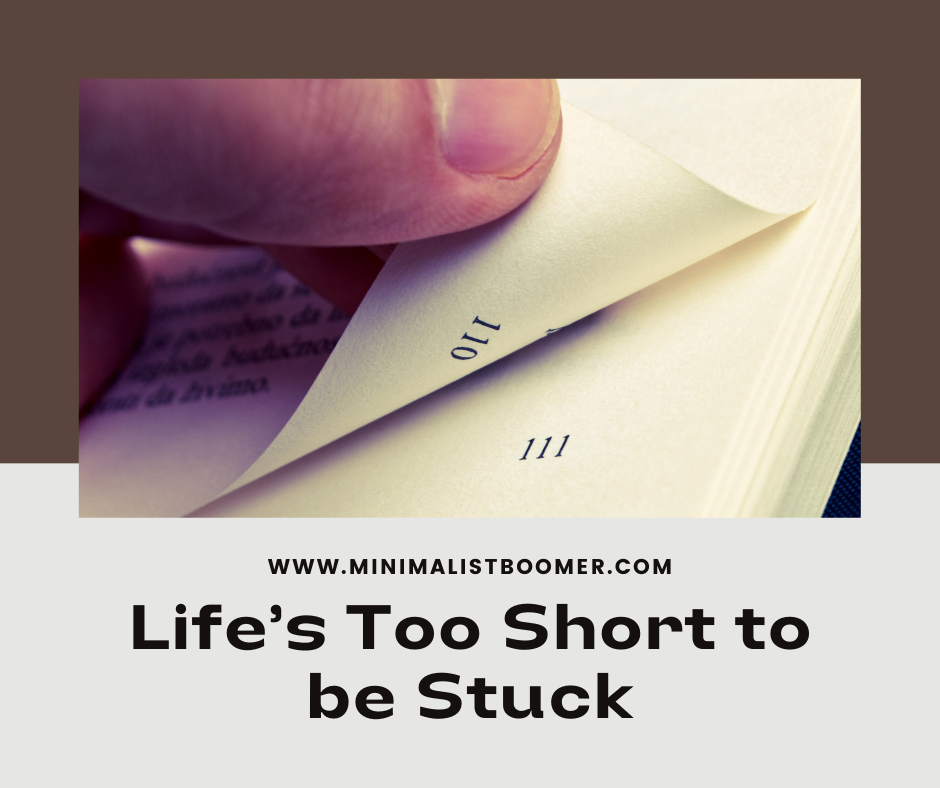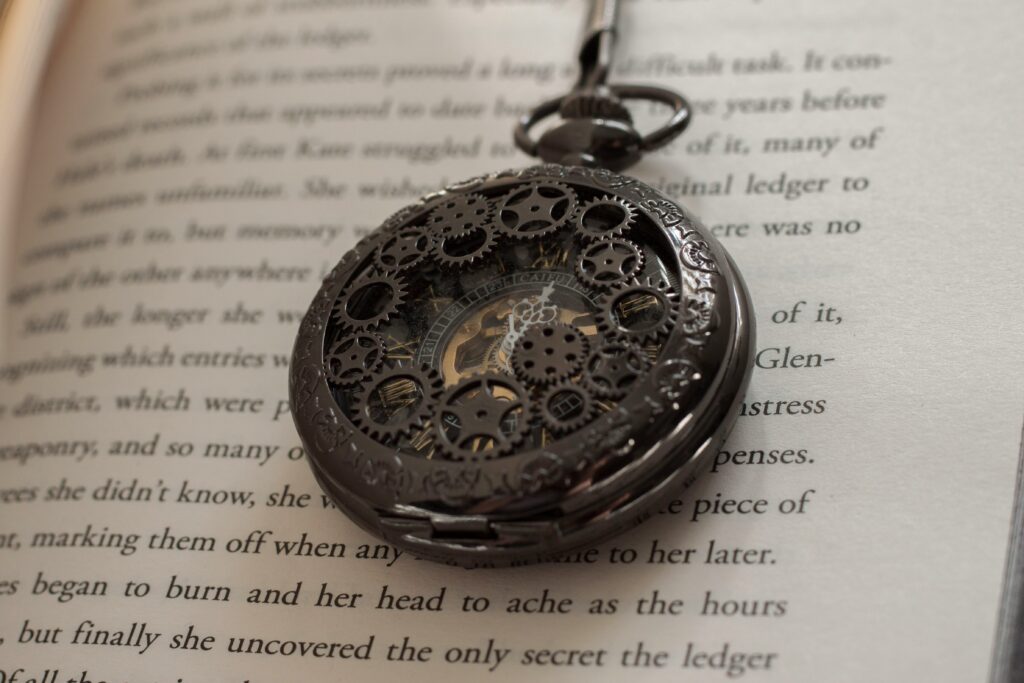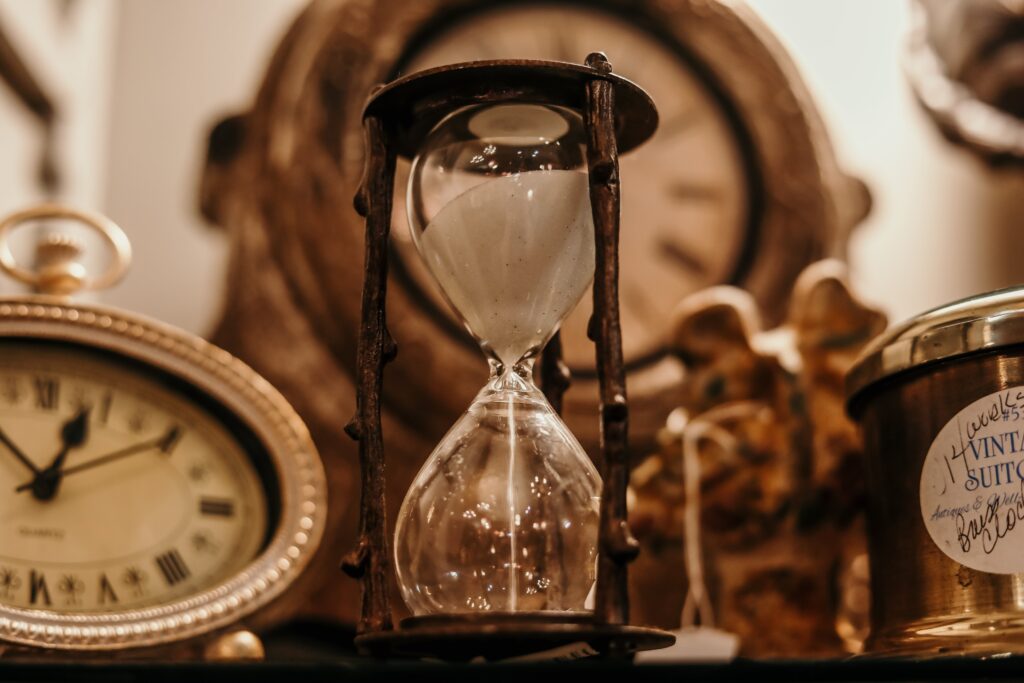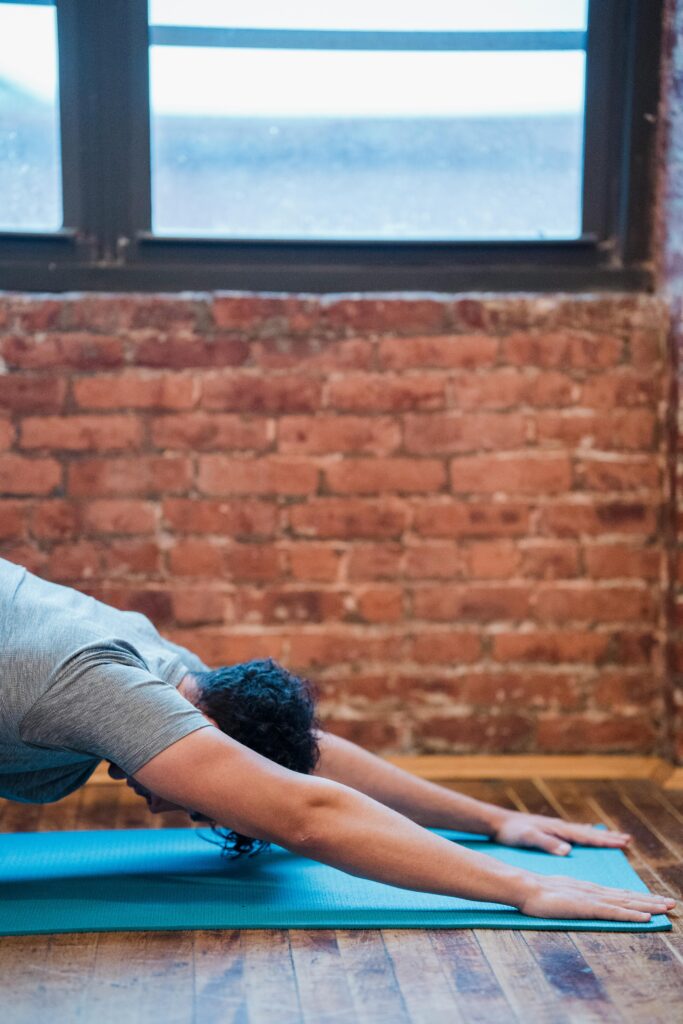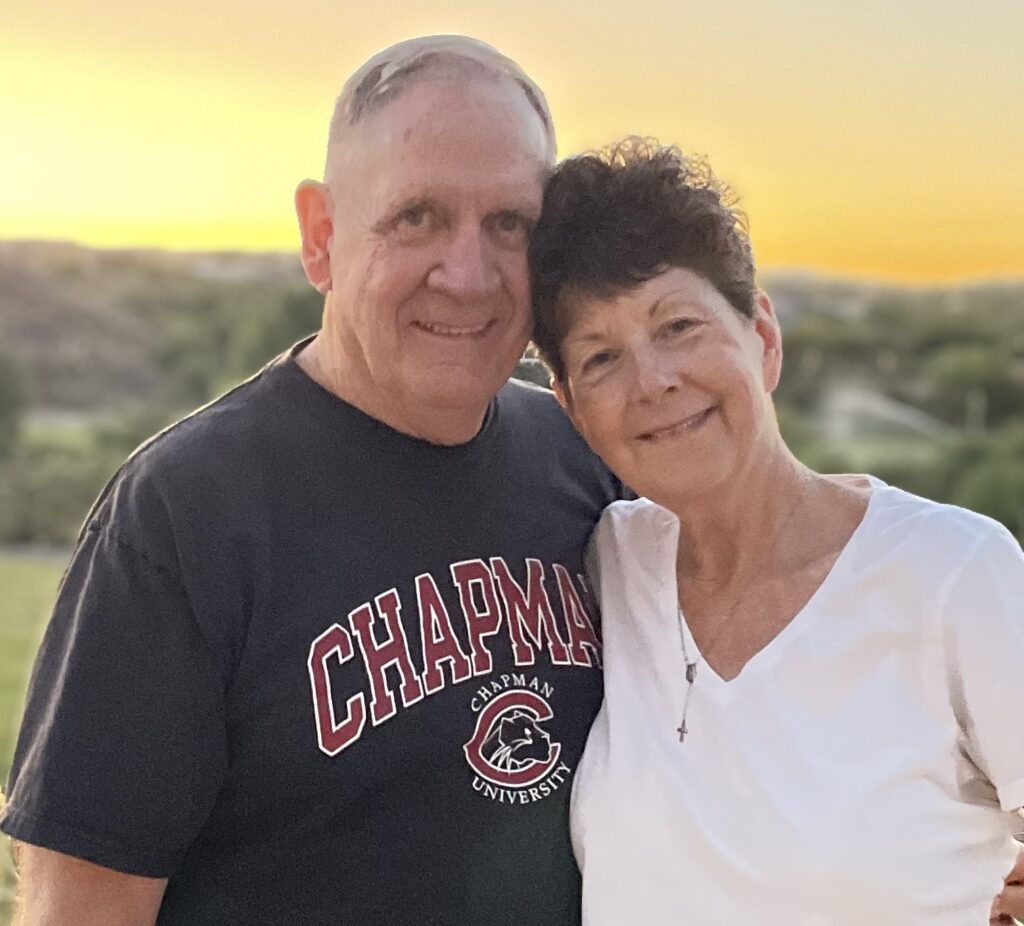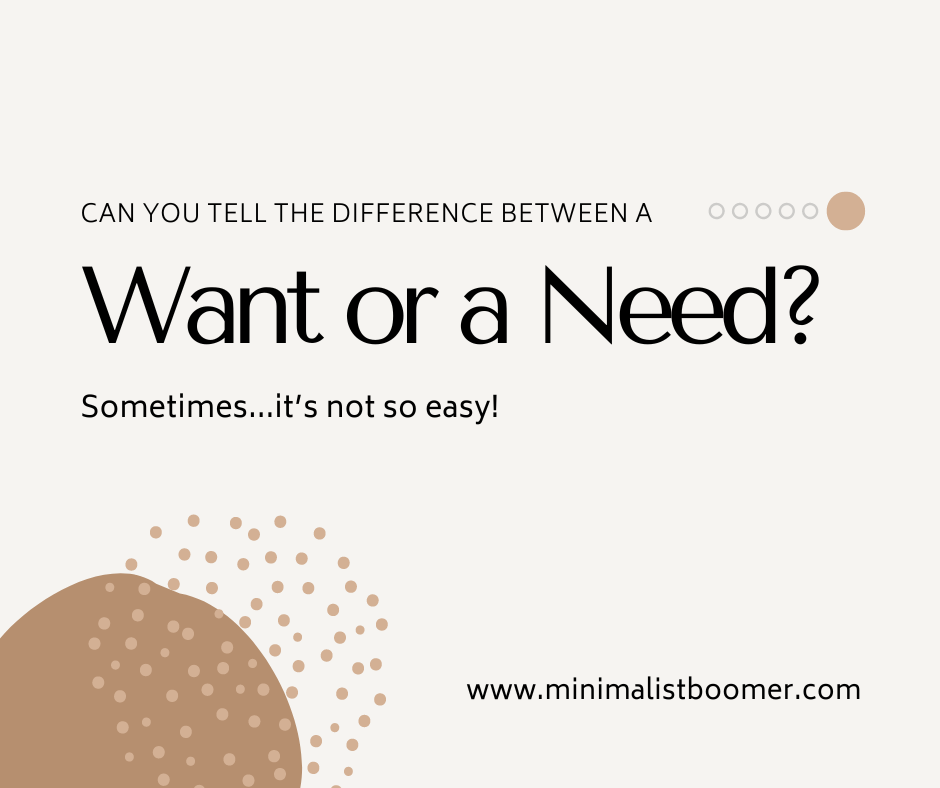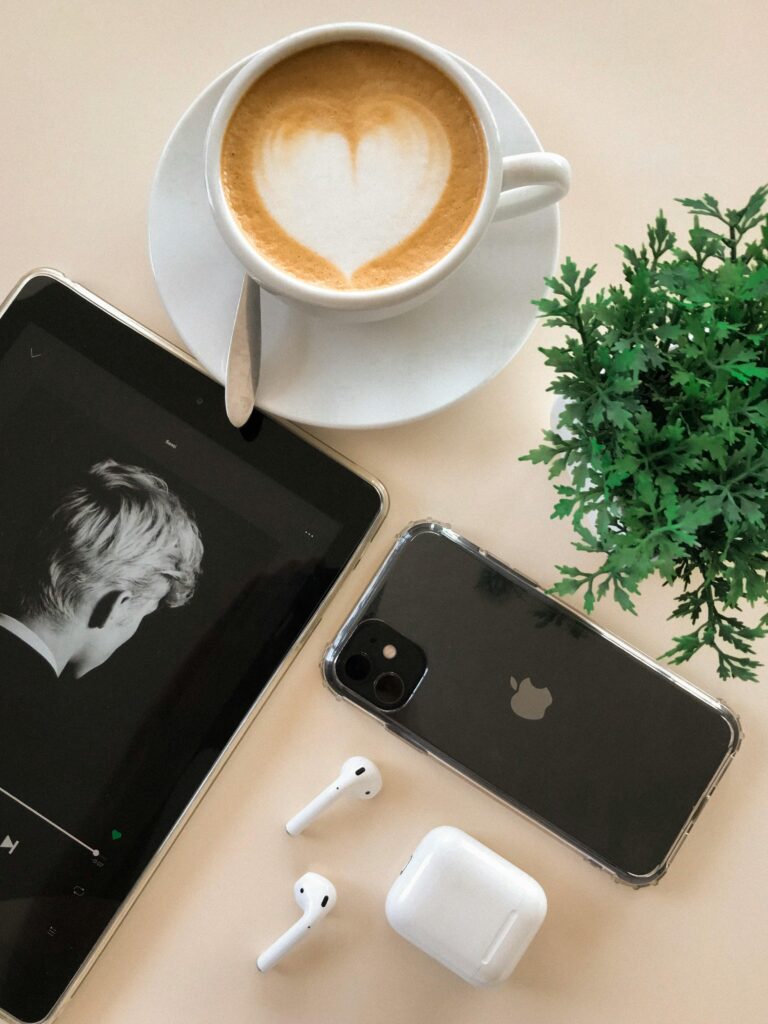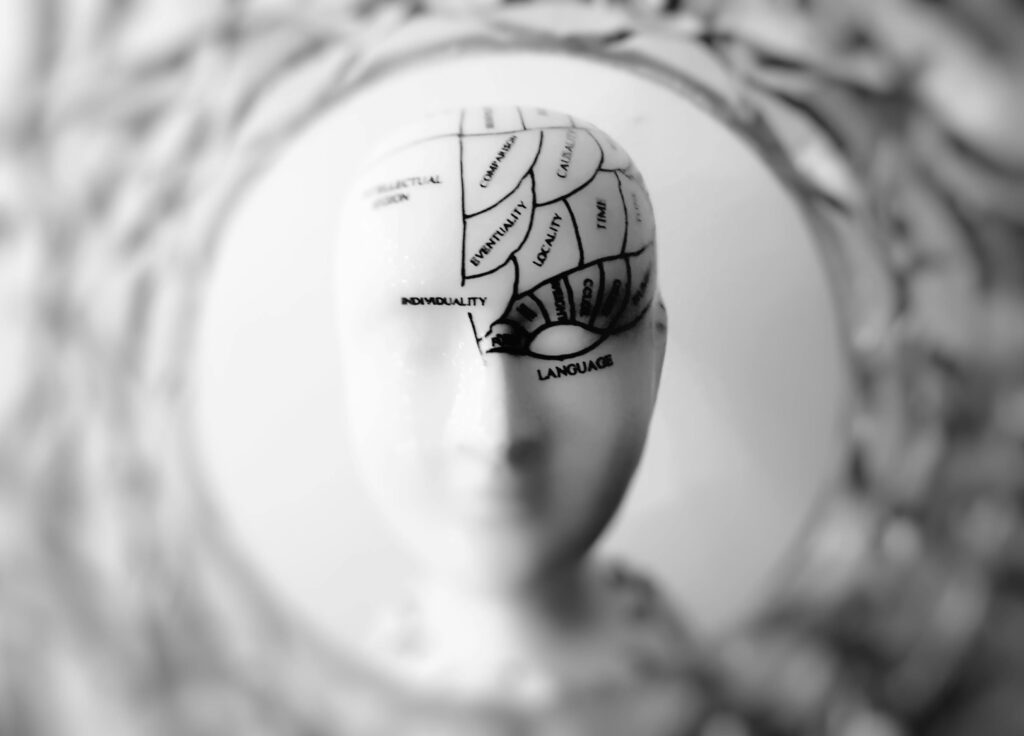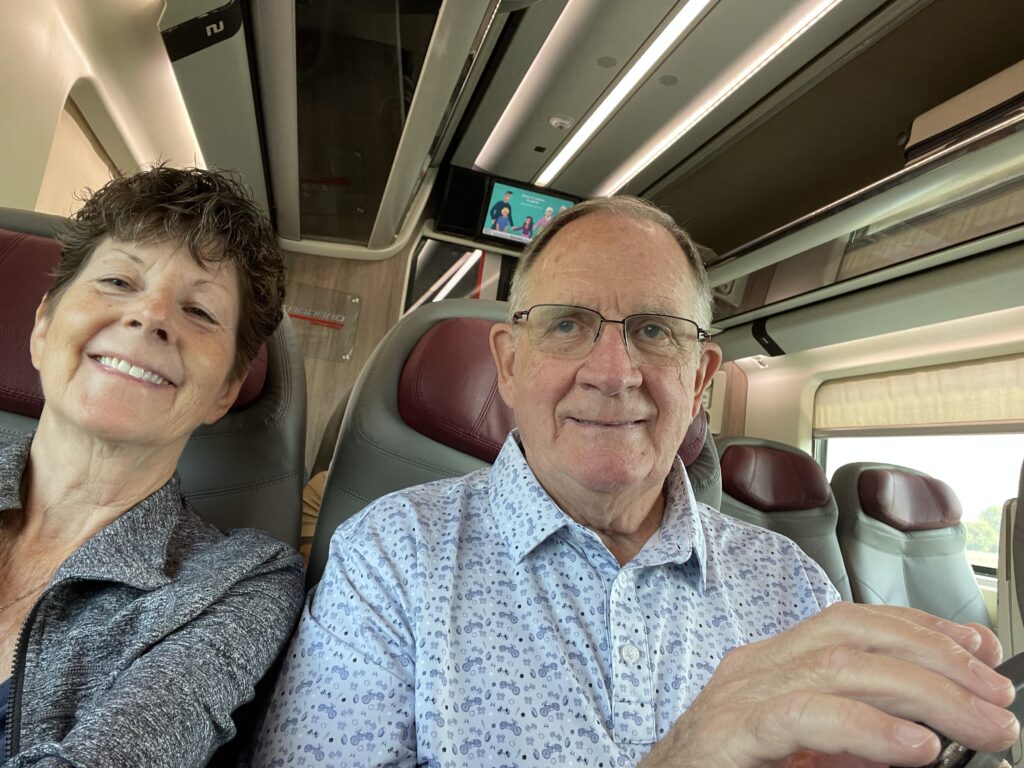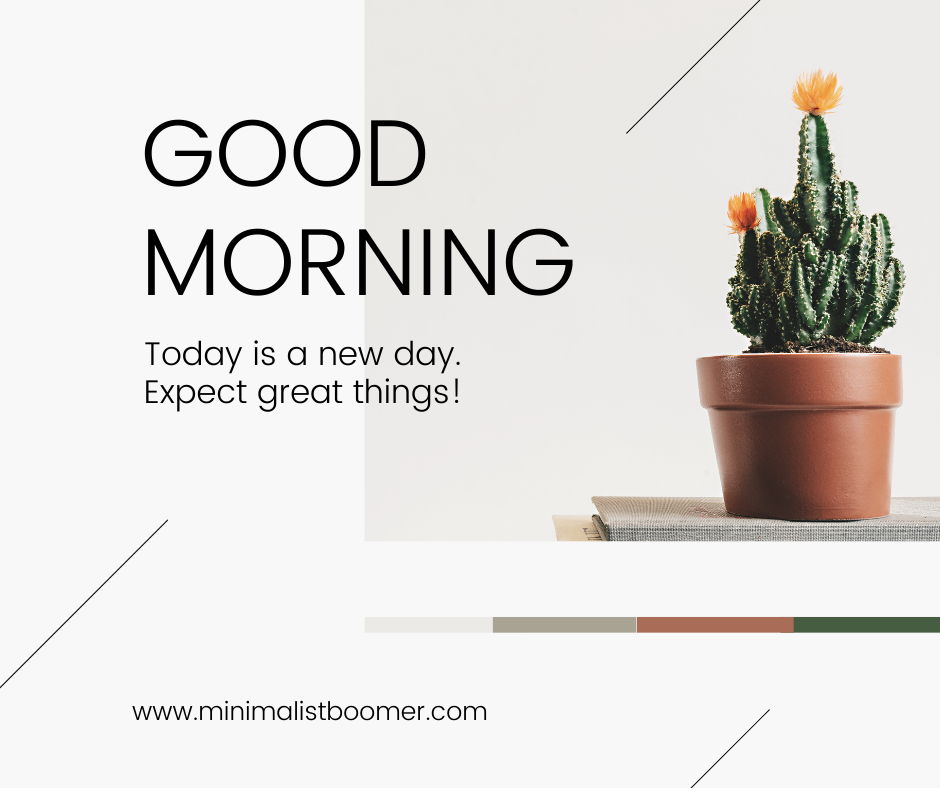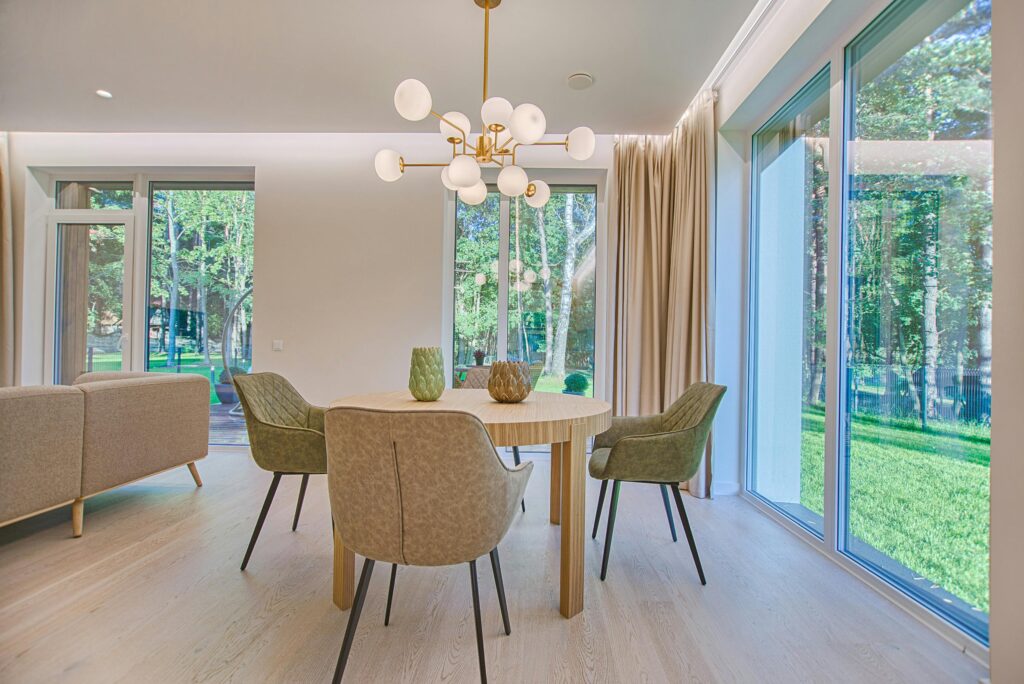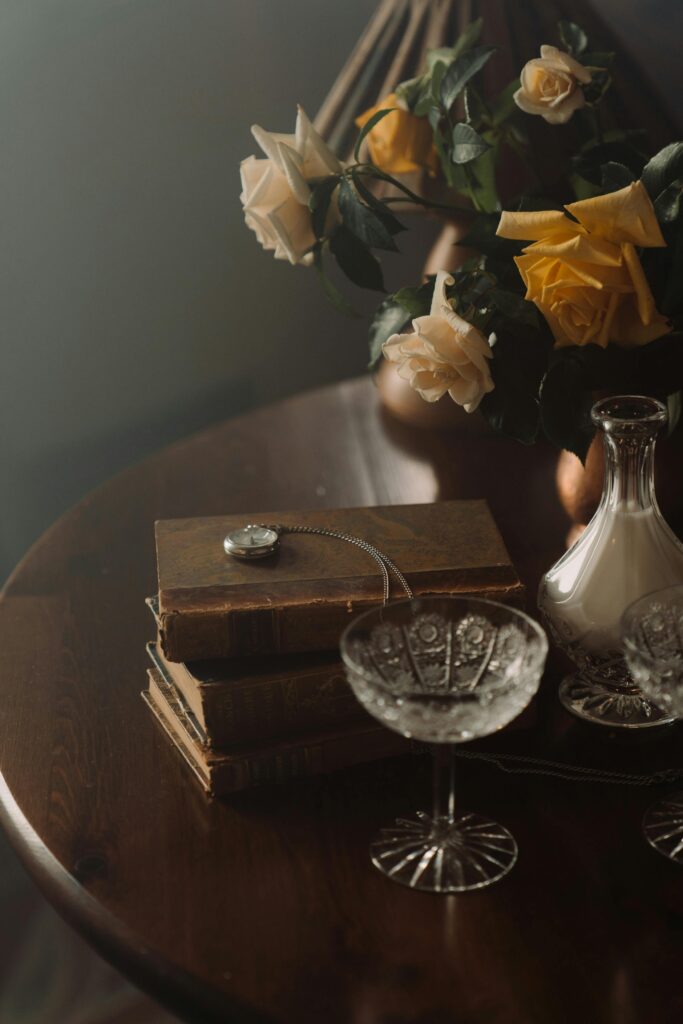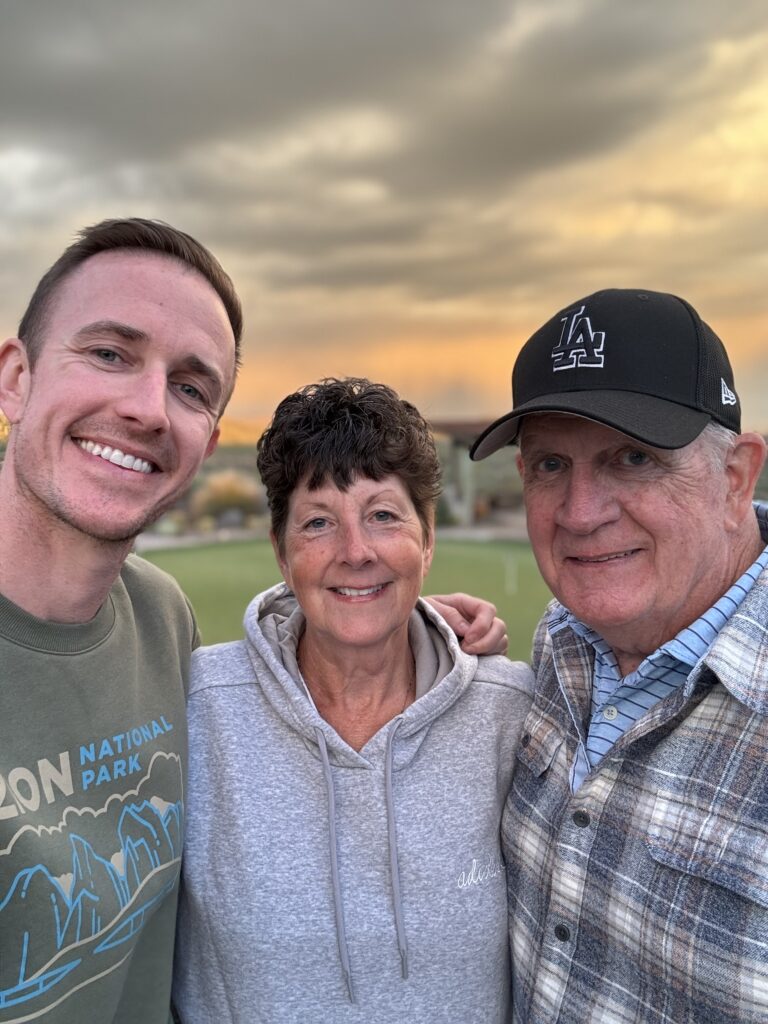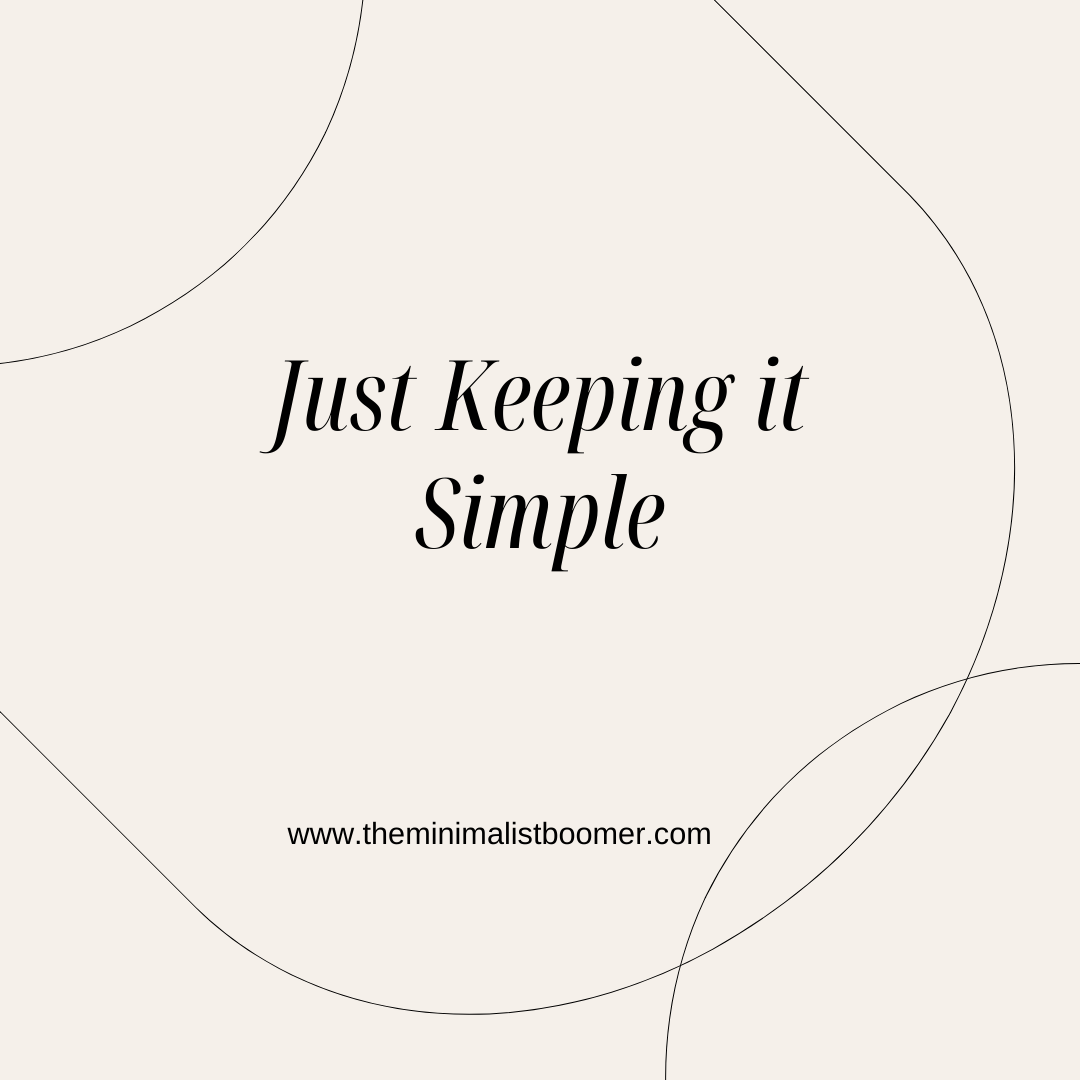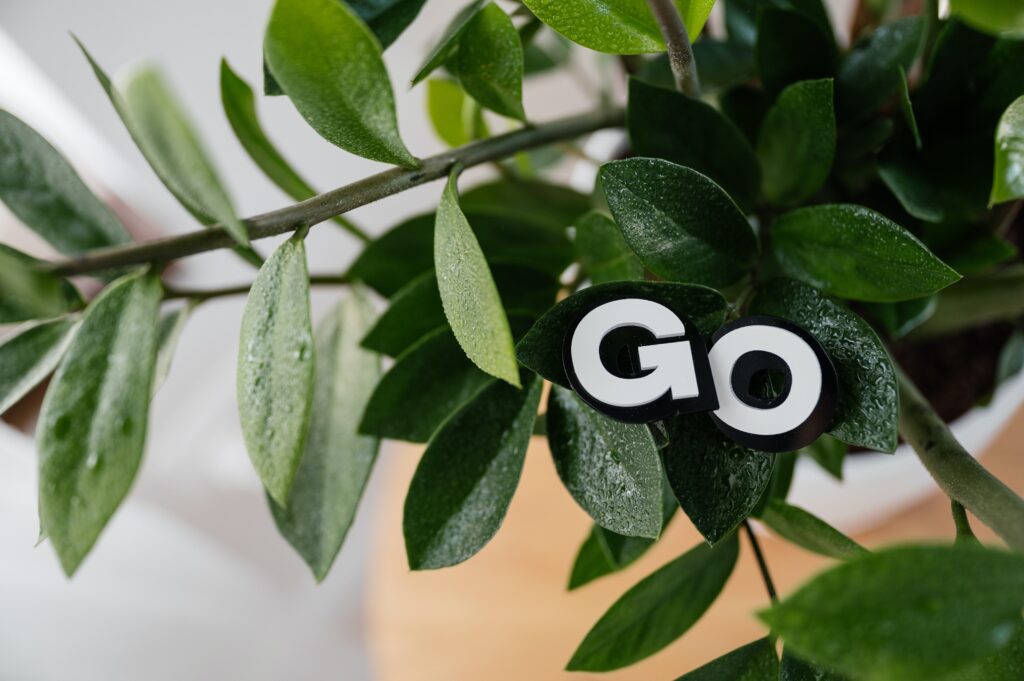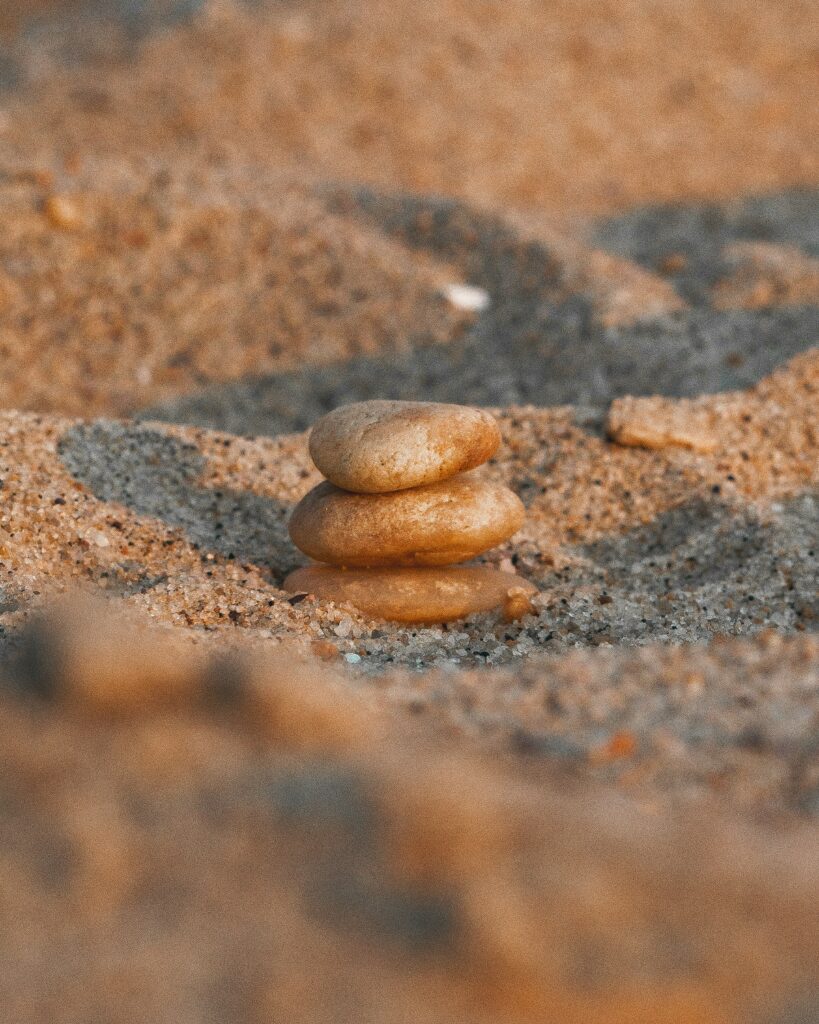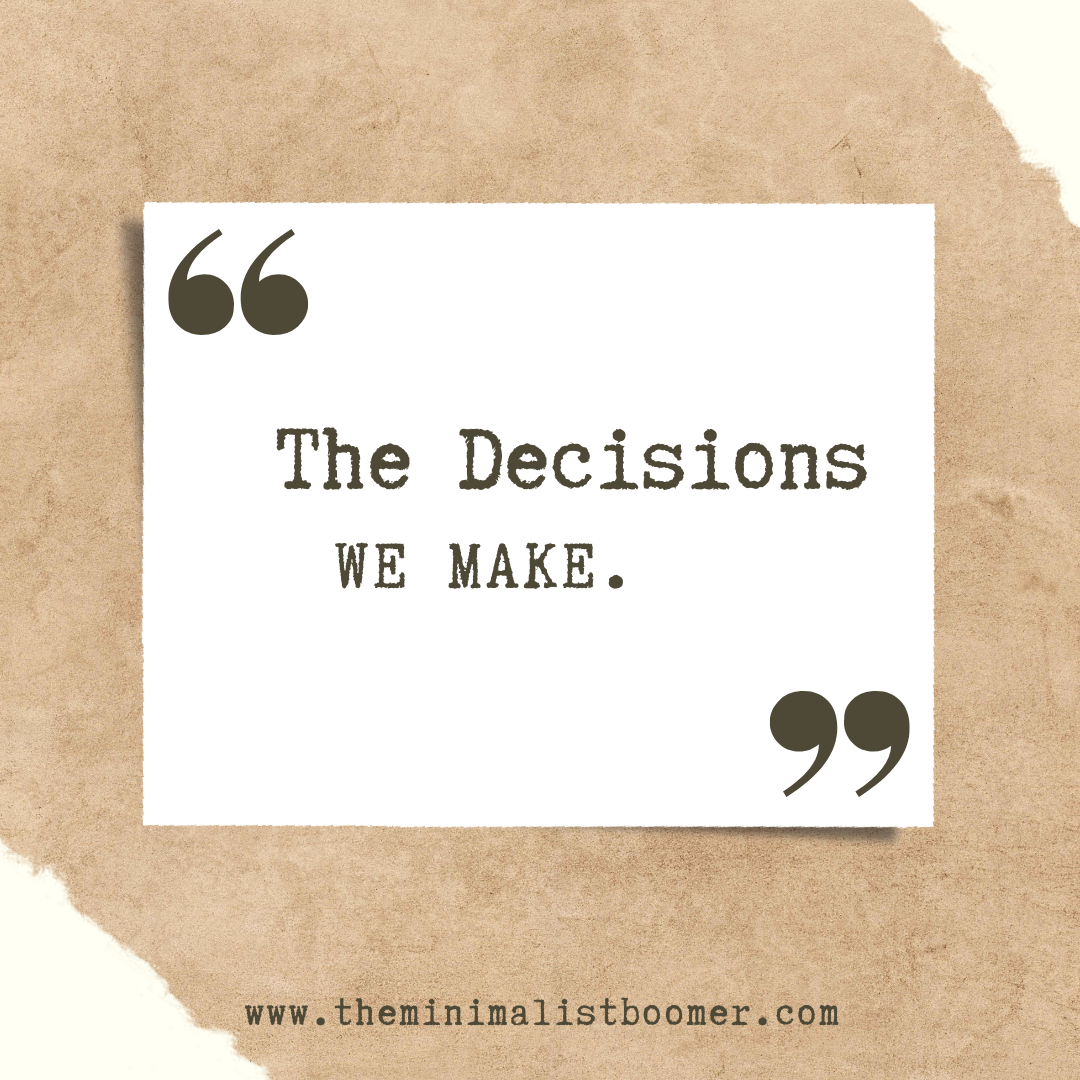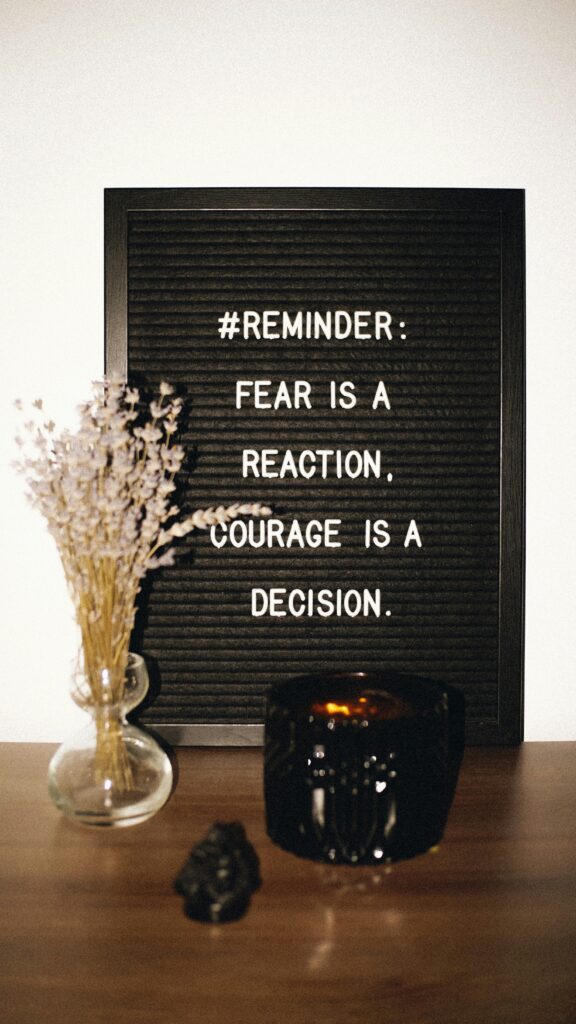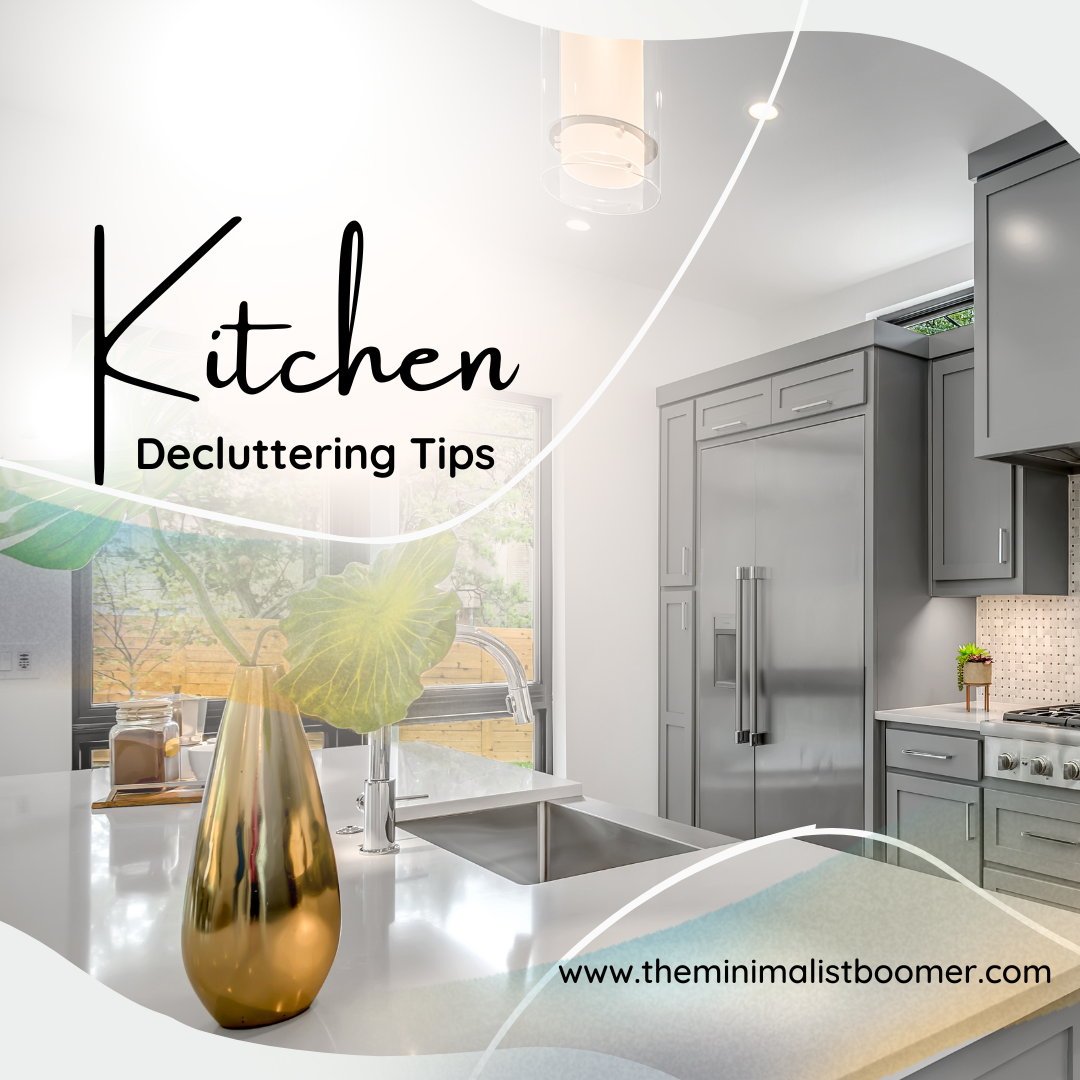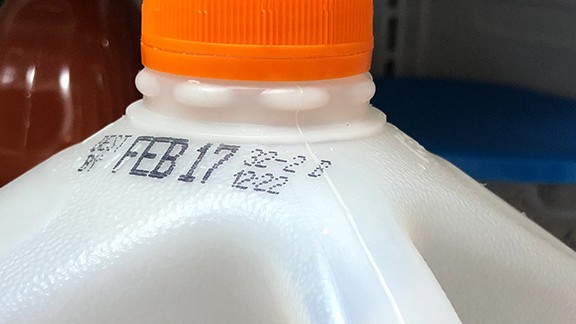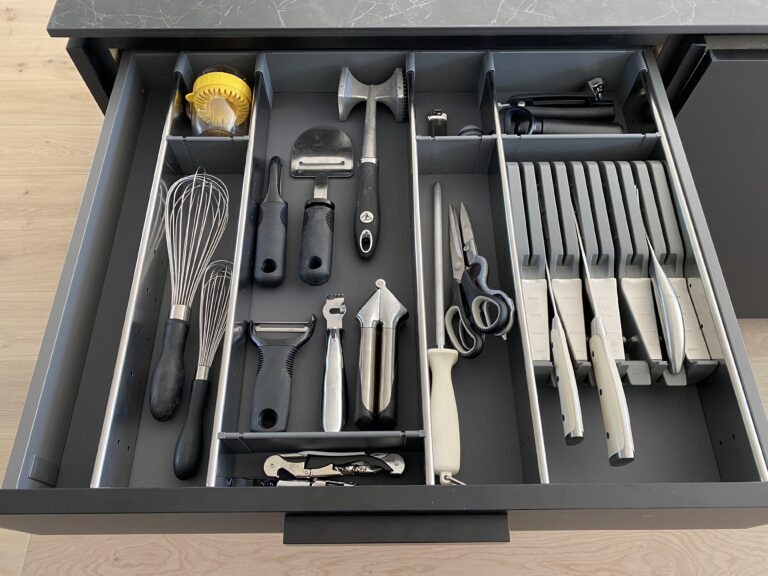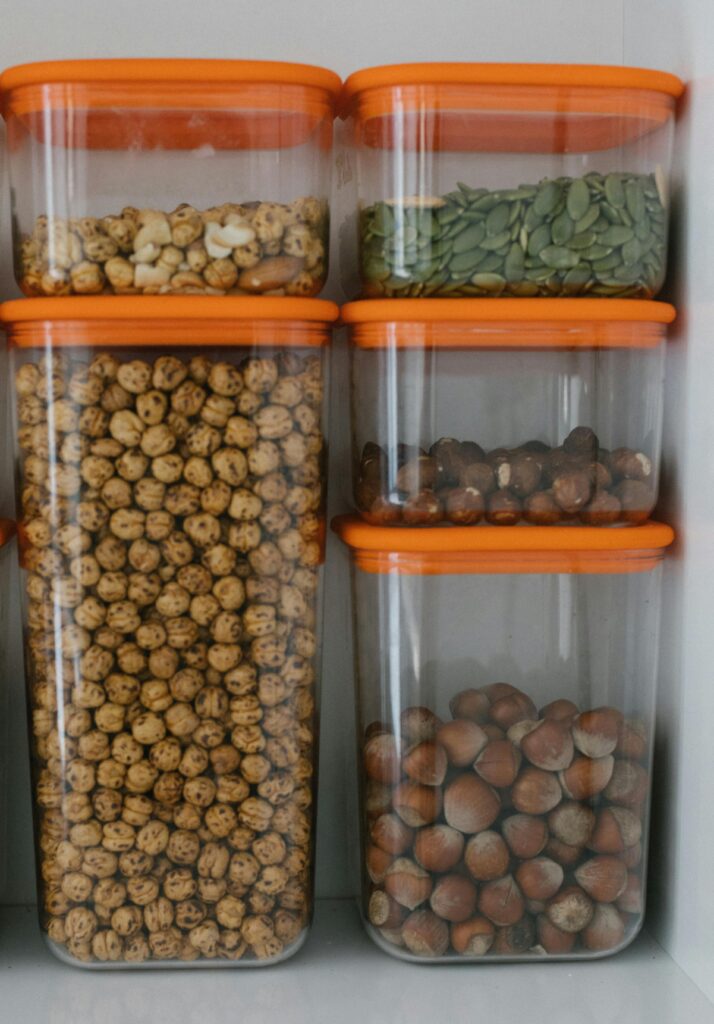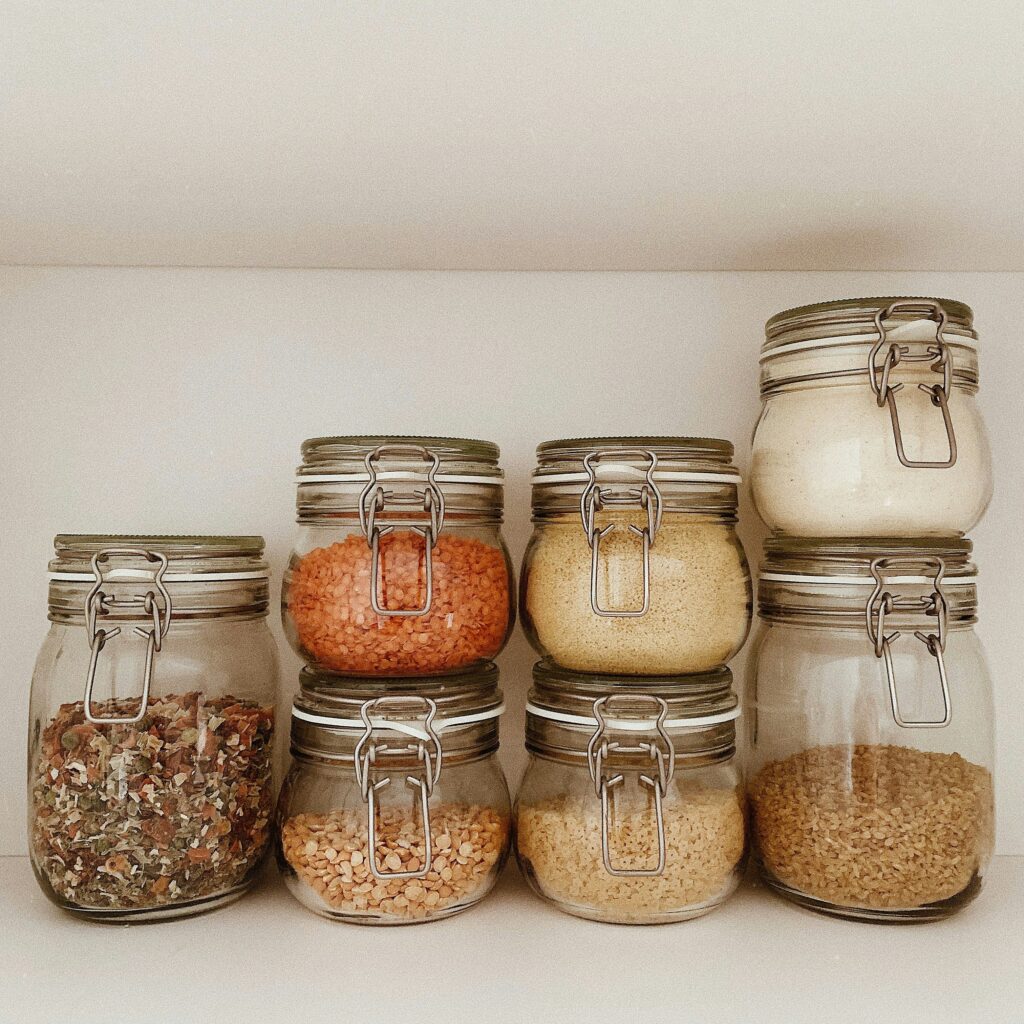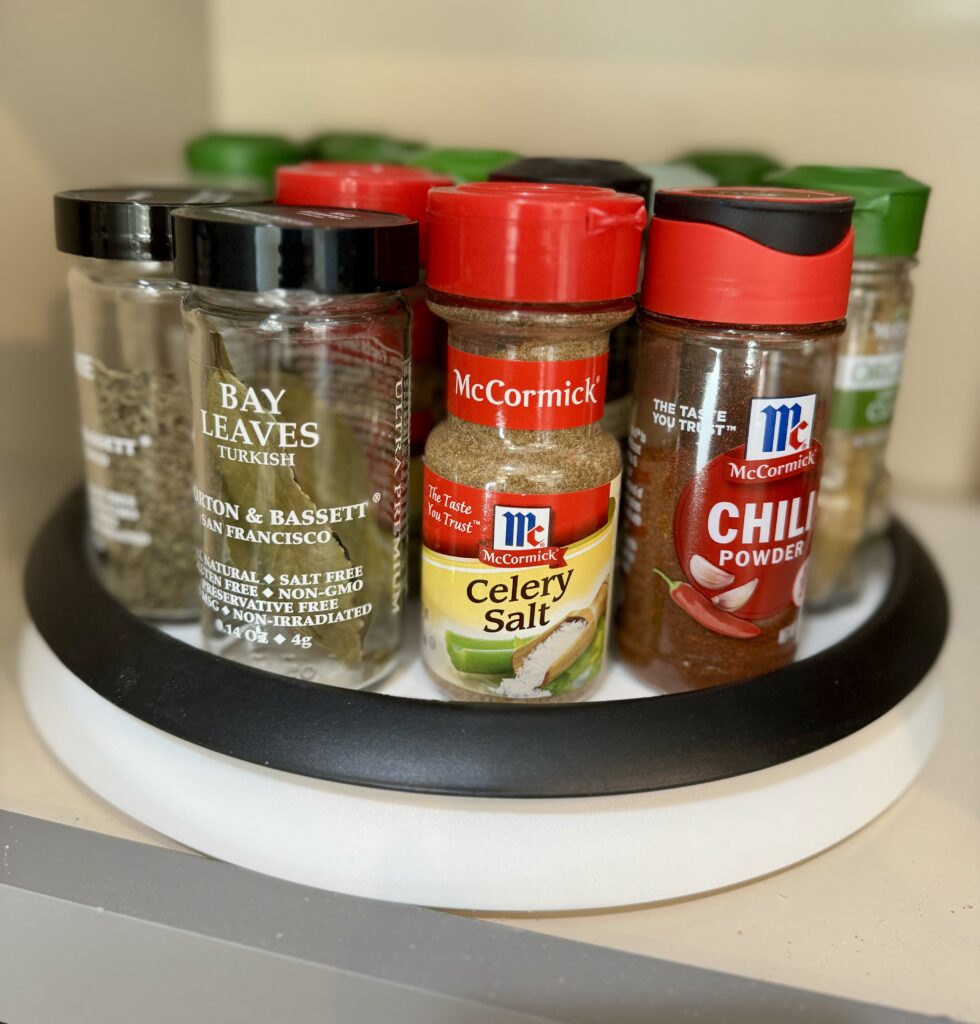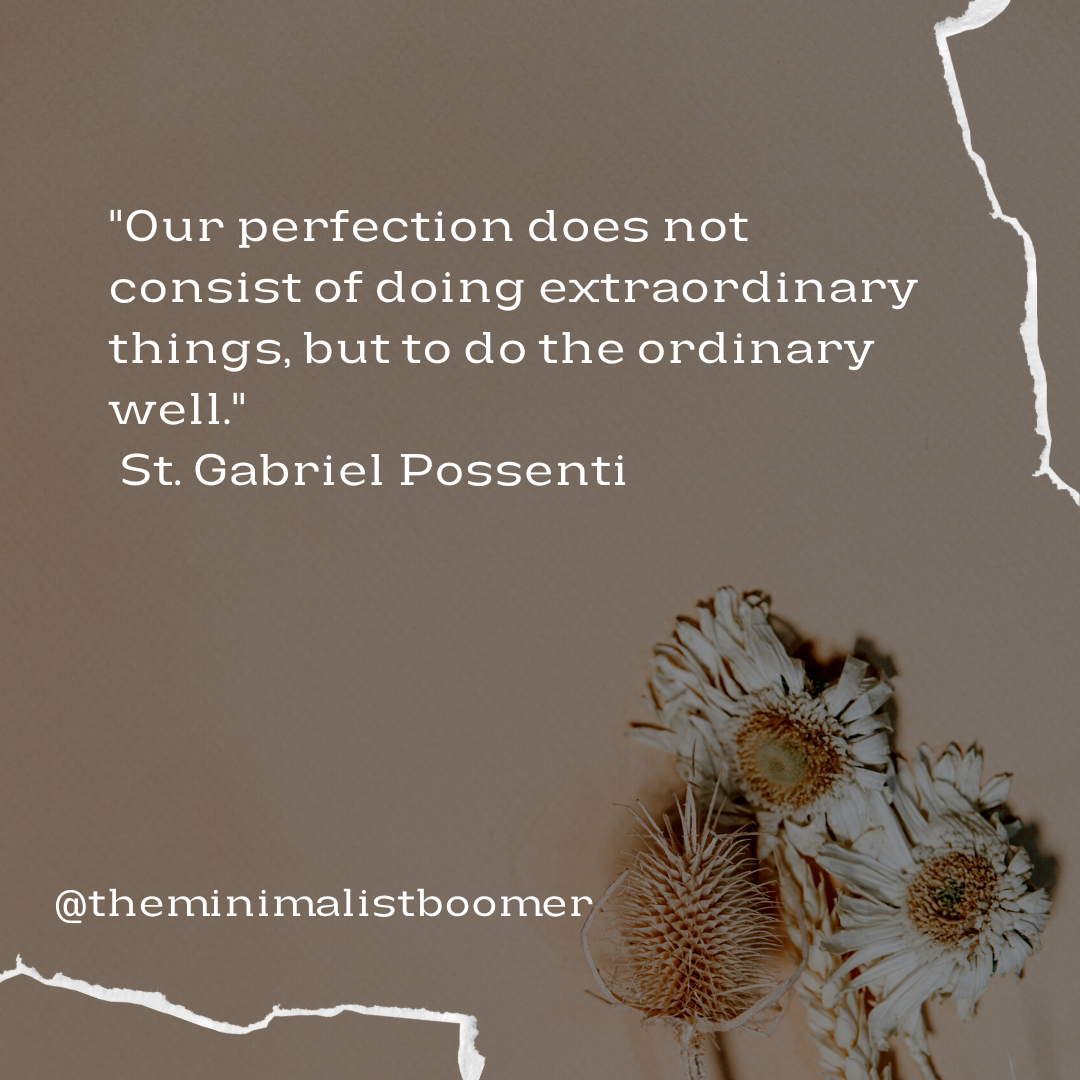Ever feel like you’re banging your head against a wall, hoping for a breakthrough? We’ve all been there. Sometimes, the best way to solve a problem is to take a step back and look at it from a different angle. It’s easy to get stuck in a rut, but finding a fresh perspective can be the key to moving forward.
Whether it’s a creative block, a career dilemma, or a personal struggle, turning the page can open up new possibilities you never considered. Embracing resilience and adaptability isn’t just about enduring hardships—it’s about growing through them. Let’s explore how changing perspectives and seeking fresh starts can help us navigate life’s challenges more effectively.
Embracing Change and Growth
Change can be daunting, but it’s essential for growth. When faced with challenges, it’s important to view them as opportunities for personal growth, rather than as stumbling blocks. Imagine challenges as puzzles waiting to be solved; each one cracked brings you closer to your goal.
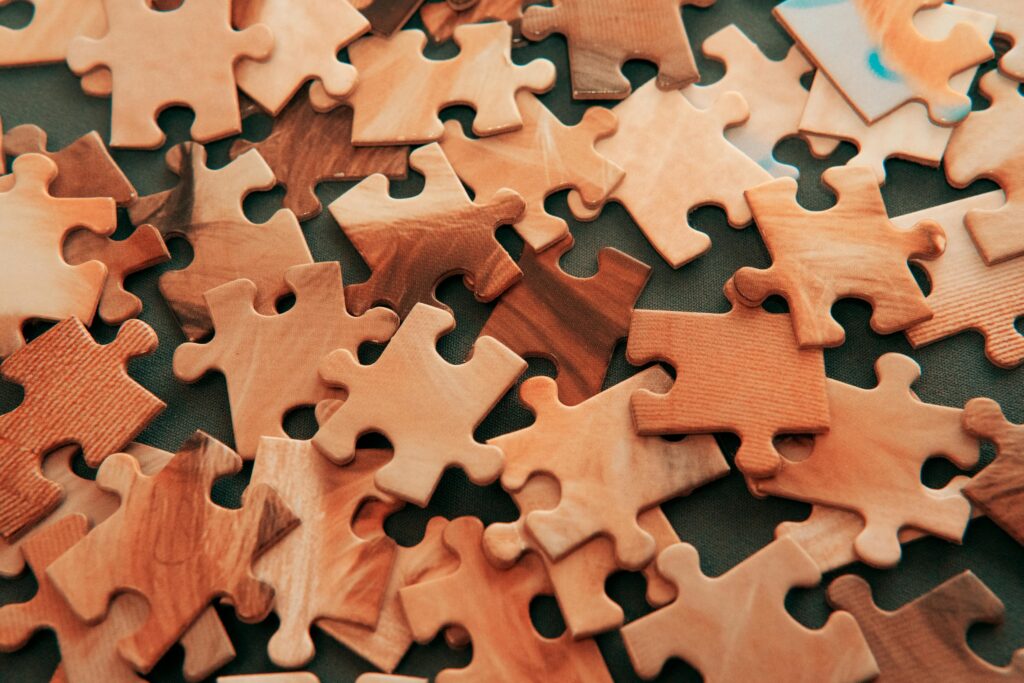
Accepting Challenges as Opportunities
Think of successful individuals you admire; many have faced seemingly insurmountable obstacles but chose not to be defeated. They saw challenges as chances to learn, adapt, and emerge stronger. By embracing change and challenges, we open doors to new possibilities and strengths we never knew we had.
Cultivating Resilience
Resilience is like a muscle – it strengthens with each trial. To build resilience, we must persevere even when the odds seem stacked against us. Positive thinking can reframe challenges as temporary setbacks rather than permanent defeats. Seeking support from friends, family, or mentors can provide the encouragement needed to push forward. Remember, like a palm tree bends but doesn’t break in a storm, resilience allows us to weather life’s toughest moments and come out the other side stronger than before.
Exploring New Perspectives
When we find ourselves stuck, turning the page and exploring new perspectives can be the key to unlocking creativity and growth. Stepping out of comfort zones is a bold move that often leads to unexpected opportunities and personal development. It’s like venturing into uncharted waters where the magic of discovery awaits. To push boundaries, I find it helpful to set small achievable goals that gradually nudge me out of my comfort zone. Embracing discomfort becomes easier when approached incrementally, and soon, what was once daunting becomes familiar ground for more exploration.

Stepping Out of Comfort Zones
Stepping out of comfort zones is like embarking on an adventure into the unknown. Trying new things, meeting new people, or tackling challenges outside our usual routine can ignite sparks of inspiration and innovation. Pushing boundaries allows us to test our limits, uncover hidden talents, and cultivate resilience in the face of uncertainty. It’s in these moments of discomfort that we often find the greatest opportunities for growth and self-discovery.
Learning from Setbacks
Setbacks and failures are part of the journey toward success. They provide valuable lessons and insights that propel us forward with newfound wisdom and strength. Embracing setbacks with a positive attitude turns obstacles into steppingstones for progress. Stories of resilience and determination in the face of adversity remind us that perseverance is a powerful force that can turn setbacks into comebacks. By learning from setbacks, we not only gain resilience but also the courage to navigate challenges with grace and grit.
Seeking Fresh Starts
Change can be intimidating, but it also brings new opportunities for growth and self-discovery. Embracing change allows us to break free from old habits and step into the unknown, opening doors to new experiences and possibilities.
“Have patience with all things, but chiefly have patience with yourself. Do not lose courage in considering your own imperfections, but instantly set about remedying them, every day begin the task anew.” — St. Francis de Sales
Embracing Change
When faced with change, approach it with an open mind and willingness to adapt. Letting go of familiar patterns can be liberating, offering a chance to redefine ourselves and explore untapped potential. Embracing change means accepting the discomfort of uncertainty and trusting in our ability to navigate new beginnings with courage and resilience.
To embrace change effectively, start by identifying areas in your life where you feel stagnant or unfulfilled. Reflect on what aspects of your routine no longer serve you and envision the kind of future you want to create. Embrace the unknown with curiosity and excitement, seeing change as an opportunity to reinvent yourself and pursue your passions wholeheartedly.
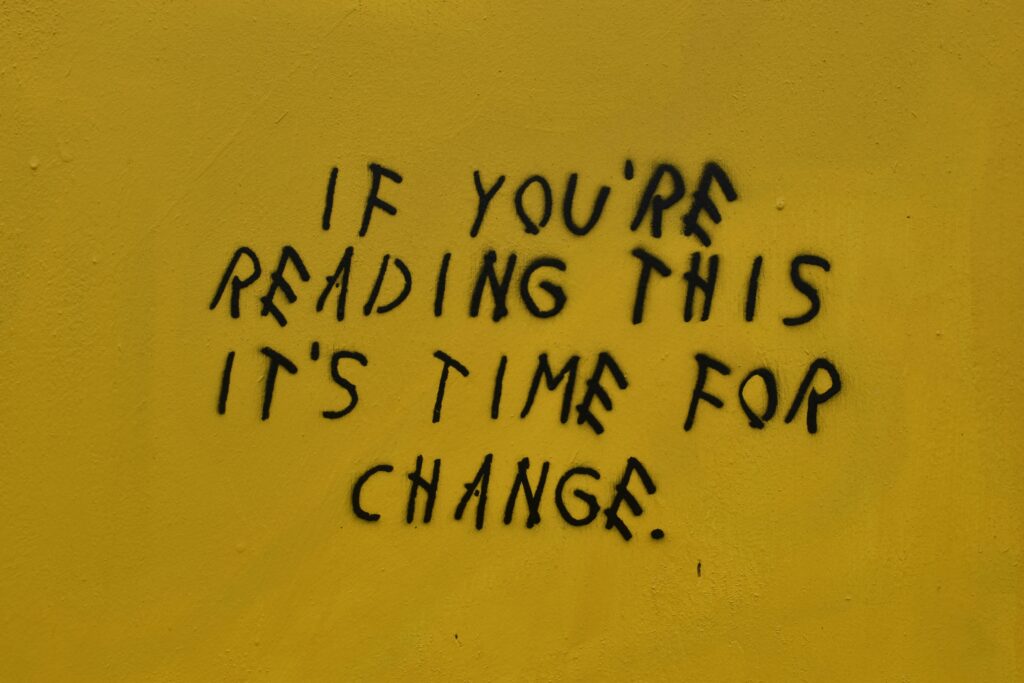
Setting Goals for Growth
Setting goals is crucial for personal development and growth. By establishing clear objectives, we can chart a course for our future and measure our progress along the way. When setting goals, be realistic and specific, breaking down larger aspirations into manageable steps that move us closer to our desired outcome.
To set effective goals, start by envisioning your ideal future and identifying the skills or habits you need to establish to get there. Create a plan outlining the specific steps you can take to achieve your objectives, setting deadlines and milestones to track your progress. Stay committed to your goals, recognizing that growth often requires stepping out of your comfort zone and embracing challenges as opportunities to learn and to grow.
When you’re seeking fresh starts, setting goals for growth acts as a compass, guiding us toward the changes we desire and empowering us to embrace change with confidence and determination.
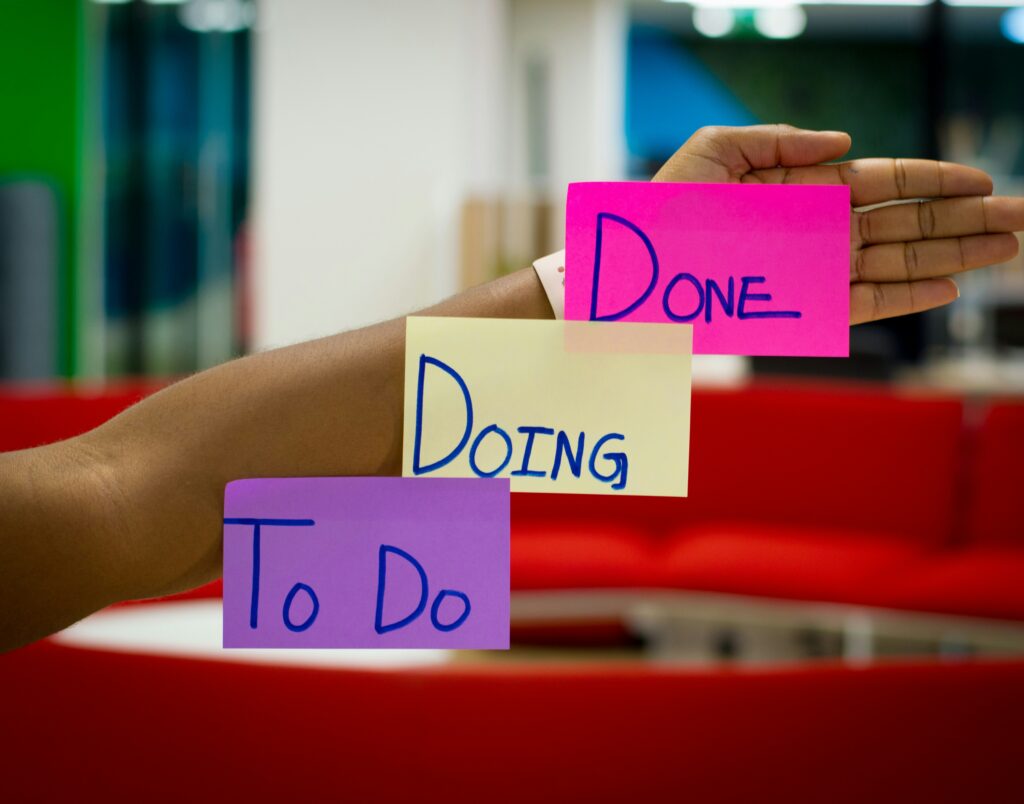
Life often presents us with pages that feel impossible to turn, but it’s in these moments that resilience becomes our strongest ally. By being adaptable and seeking new perspectives, we can navigate even the toughest chapters with grace. I’ve found that embracing change with confidence and optimism opens doors to incredible opportunities I never knew existed. So, if you’re feeling stuck, remember the power of a fresh start. Turn the page and step boldly into the next adventure, for it’s there that growth and new possibilities await.

